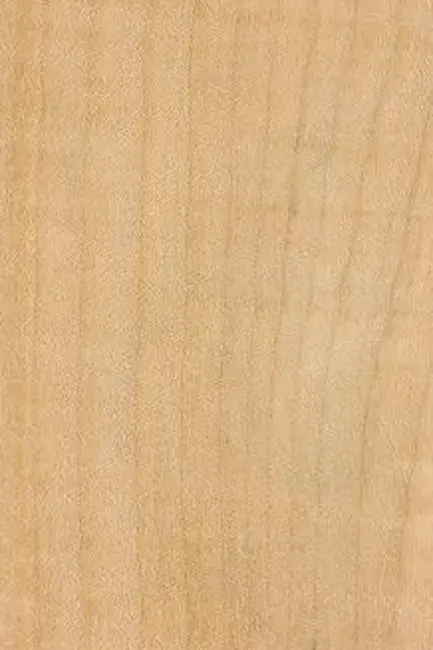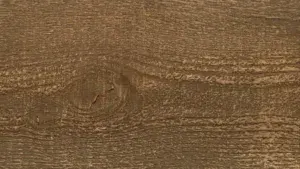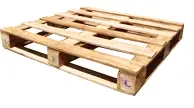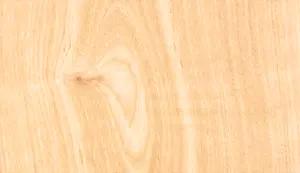Bigleaf Maple Lumber
- June 26, 2023
- 0 comment

Bigleaf Maple Lumber, scientifically known as Acer macrophyllum, is a highly sought-after hardwood material renowned for its exceptional beauty and versatility. Sourced from the Bigleaf Maple tree, which predominantly grows in the Pacific Northwest region of North America, this lumber showcases stunning grain patterns and warm, inviting colors. The wood’s distinct grain patterns can range from straight and uniform to highly figured, showcasing captivating curly, quilted, and bird’s eye figures. This unique character sets Bigleaf Maple Lumber (Acer macrophyllum) apart and makes it a favorite among craftsmen, woodworkers, and designers looking to create visually striking and one-of-a-kind pieces.
Renowned for its workability, Bigleaf Maple Lumber (Acer macrophyllum) is relatively easy to machine, shape, and sand. It responds well to various woodworking techniques and can be intricately carved or detailed to achieve exquisite designs. Additionally, the wood readily accepts stains, finishes, and coatings, allowing artisans to enhance its natural beauty or customize its appearance to suit their specific preferences. The versatility of Bigleaf Maple Lumber (Acer macrophyllum) is evident in its broad range of applications, including furniture making, cabinetry, flooring, musical instrument construction, interior trim work, and decorative woodworking projects. Its strength and durability ensure that creations made from Bigleaf Maple Lumber (Acer macrophyllum) are not only visually appealing but also long-lasting, making them heirloom-quality pieces that can be cherished for years to come.
| Bigleaf Maple Lumber | |
|---|---|
| Common Name(s) | Bigleaf Maple, Broadleaf Maple, Oregon Maple |
| Scientific Name | Acer macrophyllum |
| Distribution | Western North America |
| Tree Size | 80-100 ft (25-30 m) tall, 2-3 ft (.6-1 m) trunk diameter |
| Average Dried Weight | 34 lbs/ft^3 (545 kg/m^3) |
| Specific Gravity (Basic, 12% MC) | .45, .54 |
| Janka Hardness | 850 lbf (3,780 N) |
| Modulus of Rupture | 11,300 lbf/in^2 (77.9 MPa) |
| Elastic Modulus | 1,400,000 lbf/in^2 (9.65 GPa) |
| Crushing Strength | 6,200 lbf/in^2 (42.8 MPa) |
| Shrinkage | Radial: 4.8%, Tangential: 11.4%, Volumetric: 16.6%, T/R Ratio: 2.4 |
Color/Appearance

Bigleaf Maple heartwood is a light reddish-brown color, while sapwood may be a pale yellow to nearly white. The wood may also be figured, with bird’s eye or quilted grain patterns.
Grain/Texture
Grain is generally straight, but may be wavy. Has a fine, even texture.
Rot Resistance
Rated as non-durable to perishable, and also susceptible to insect attack.
Workability
Fairly easy to work with both hand and machine tools, though maple has a tendency to burn when being machined with high-speed cutters such as in a router. Turns, glues, and finishes well.
Odor
No characteristic odor.
Allergies/Toxicity
Bigleaf Maple, along with other maples in the Acer genus have been reported to cause skin irritation, runny nose, and asthma-like respiratory effects. Always use proper safety measures when working with this wood.
Pricing/Availability
Should be moderately priced for a domestic hardwood, though figured pieces such as birdseye or quilted maple are likely to be much more expensive.
Sustainability
This wood species is not listed in the CITES Appendices or on the IUCN Red List of Threatened Species.
Common Uses

- Veneer: Bigleaf Maple Lumber is often sliced into thin sheets to create veneer, which is used to enhance the appearance of furniture, cabinetry, and architectural elements.
- Paper (Pulpwood): The wood of Bigleaf Maple can be processed into pulpwood, which is used in the production of paper and other paper-based products.
- Boxes: Bigleaf Maple Lumber is utilized in the construction of boxes, providing a sturdy and attractive material for packaging and storage purposes.
- Crates and Pallets: Due to its strength and durability, Bigleaf Maple Lumber is commonly used in the manufacturing of crates and pallets, ensuring reliable transport and storage of goods.
- Musical Instruments: Bigleaf Maple is highly valued in the production of musical instruments, particularly for its resonant qualities. It is often used in the construction of guitar bodies, ukuleles, and other stringed instruments.
- Turned Objects: The workability of Bigleaf Maple Lumber makes it a popular choice for woodturning projects. It can be shaped and carved into bowls, vases, and other decorative turned objects.
- Small Specialty Wood Items: Bigleaf Maple Lumber is sought after for crafting various small specialty wood items, such as cutting boards, jewelry boxes, picture frames, and other intricate wooden creations.
Comments
Bigleaf Maple can be highly figured (curly, quilted, etc.), with numerous potholes and a splendid, wavy pattern. It’s commonly used for musical instruments, such as guitar bodies, because of its tonal qualities.














Leave your comment